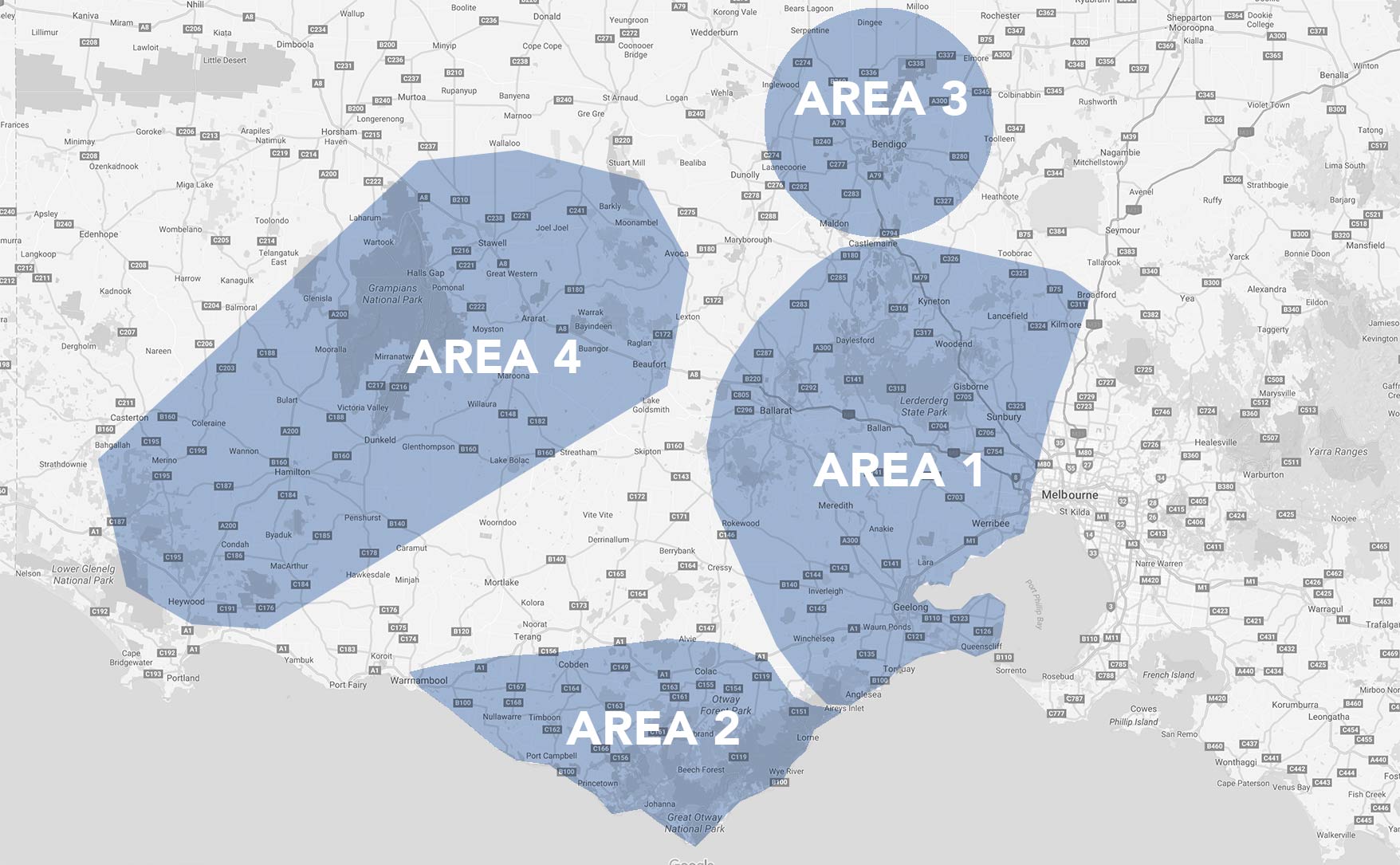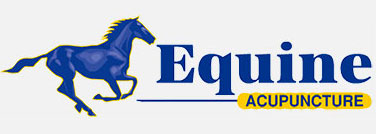Geelong Equine Acupuncture
Geelong Equine Acupuncture Services
Acupuncture is an ancient treatment by means of insertion acupuncture needles and stimulation of acupuncture points. It is excellent treatment for selective equine cases.
Horse Injury – Equine Acupuncture specialises in the treatment of musculoskeletal disorders in performance and pleasure horses throughout Victoria. Once a thorough examination of the horse is completed and a problem is identified, acupuncture is used to promote the body to heal itself. This treatment is further enhanced with specific work programs and consultations with veterinarians and farriers to provide the best results when treating disorders in the horse with our Geelong equine acupuncture service.

Common Horse Injuries & Treatments
Clinic Service
For urgent bookings we have a clinic located in Geelong and are flexible with booking times. Please fill out the form above or call Shane on 0439 939 792 to discuss.
Facilities: We have 3 large, safe undercover boxes and tie up stalls as well as a 20m round yard for gait assessment an ideal location to meet or drop your horse off while traveling past.
Clinic address: 200 McCanns Lane, Fyansford 3218. (Refer below for map)
Directions: Exit the Geelong Ring Road onto the outbound Hamilton Highway and it’s the first road 100m on the right
Mobile Service
Being a specialised field I travel many kilometres covering Melbourne and it’s heavily horse populated south eastern suburbs. I have a fortnightly run through Western Victoria, which covers areas of Warrnambool, Colac and Geelong. On alternative weeks I travel through Stawell, Ararat, Ballarat and Melton as shown on the calendar below.

AREA DATES: Click on the link below to find out the dates or make a booking in your area.
FAQ’s
About Acupuncture
Acupuncture is the stimulation of specific points on the body which have the ability to alter various biochemical and physiological conditions in order to achieve a desired effect. This means helping the body to heal itself. Acupuncture has been used successfully for nearly 4,000 years on animals as well as humans. It is now being utilized by an increasing number of horse trainer and owners, in particularly for musculoskeletal problems such as torn or pulled muscles, joints sprains, tendon or ligament strains and bone injuries. Acupuncture can minimize the recovery down time and reduce the use of anti-inflammatory drugs that can have side effects and competition limitations.
For the equine acupuncturist to successfully use acupuncture in equine sports medicine, a thorough integration of western biomechanics and knowledge of traditional Chinese medicine (the basis for acupuncture) is needed. This is a newer form of acupuncture where the western and eastern philosophy meet to
further explain the body physiology, and expand both the diagnostic and therapeutic tools exponentially. The most profound aspect of this newer form of acupuncture is that it enables us to see future injuries occurring thus being
able to holt it’s progression and stop any down time on the performance horse’s schedules
Acupuncture repairs abnormally functioning tissues and organs by affecting the immune, nervous and endocrine systems. Through stimulation of acupuncture points, effects are seen in both the central and peripheral nervous systems, this then activates the body’s endogenous or natural pain relief mechanisms. This is done because acupuncture stimulates release of several neurotransmitters = chemical secretions, they cause a desired reaction in other nerves, muscles, immune cells and glands.
Since the introduction of MRI in human medicine, science has shown that stimulation of acupuncture points away from the injured site can effect neuronal activity in the brain which relates to pain perception and abnormal functioning of the injured area of the body. The gate control theory is one explanation for acupuncture’s effect locally with pain perception, it involves stimulation of local points near and on the injured site, this activates the ‘A’ sensory nerves which synapse in the dorsal horn of the spinal cord, this has a blocking effect on ‘C’ sensory nerves into the spinal cord, this is important as the ‘C’ sensory fibres report on the heat, cold and pain sensation of the injured area.
The most well known effect of acupuncture is that it increases blood flow/supply, relieves local pain and relaxes spasm in muscles. This quickens repair to damaged tissues especially those chronic injuries which have delayed healing.
Acupuncture has shown to activate the hypothalamic-pituitary axis system at the base of the brain. This system releases neurotransmitters and natural pain killing hormones which are released into the bloodstream to the adrenal glands and trigger the release of hormones such as cortisol, a natural steroid that reduces swelling, inflammation, muscle spasm and stimulates related nerves. In addition to cortisol, the hypothalamic-pituitary axis system releases chemicals such as endorphins (endogenous opioid) which can circulate in the blood and spinal cord for hours allowing the body to inhibit pain perception. Horseman have recognized when this hypothalamic-pituitary axis system is stimulated, this is commonly seen at the end of winter and start of spring where the increased daylight strength and length which stimulates the H-P axis system, horseman usually describe that the horse has ’come on’ or ’picked up’.
Other effect of acupuncture is through the part of the nervous system which regulates the homeostasis of tissues and organs known as the Autonomic Nervous System. Neural impulses from stimulated acupuncture points can be transmitted through neural synapses in the spinal cord that stimulate nerves to regulate the normal activity of the tissue or organ. This is seen as the reason for the acupunctures effects on the normalizing function/homeostasis on the internal organs and tissues.
In Traditional Chinese Medicine, disease is considered an imbalance of energy ‘chi’ in the body. Acupuncture is used to balance this energy, correcting the flow of energy and thus allowing the body to heal itself. Acupuncture can help bridge the gap between medicine and surgery, it can be used primarily when medications are not working or contraindicated due to possible side effects or when surgery is not feasible.
What horses benefit from it?
The most common types of horses treated with acupuncture are performance horses with musculoskelatal problems. This is because of the effectiveness of acupuncture at localizing the musculoskelatal problem and resolving the pain and discomfort drug free, this is important as a high degree of these musculoskelatal problems only manifest when the horse is under stress and close to competition.
This is not to say that the pleasure horse in the paddock does not benefit from acupuncture or have any musculoskelatal disorders, they too can benefit from acupuncture as there is a significantly reduced level of stress on the body allowing for less complications to getting the body to heal quicker once acupuncture has been initiated.
When is the best time to do horses?
The most obvious treatment time for acupuncture is when there is a problem to be fixed, therefore it is best to get the problem looked at and evaluate how much time is needed for it to be resolved. As well as this you need to look at follow up treatments before competition to either give the ‘all clear’ for the horse or to finish resolving any lingering issues or problems.
This also leads to the point that it is very important and beneficial to get performance horses looked at on a regular basis (e.g fortnightly or monthly) but also at the end of the preparation before going out for a spell, by doing this you can combine the acupuncture at resolving any musculoskelatal problems with rest from the spell. This combination allows the horse to do better in the paddock (reduced pain and freedom of movement) and come into the next preparation a lot sounder.
It is common for trainers to have a horse working ‘spot on’ up to competition, they may be happy with the horse but just want to check all is ok and to use acupuncture to have the horse feeling at it’s peak going into competition. This is where the acupuncture work-up can help to pick up and identify the severity of the superficial musculoskelatal injuries.
Why Some Horses Benefit More From Acupuncture Than Others
The three most important people which make an impact on a beneficial outcome for treating a horse with acupuncture are the horse trainer/owner, the veterinarian and the farrier.
The owner/trainer is ultimately the one that decides to initiate acupuncture as a therapy, but they are someone who is in control of the stressors which limit or benefit the effectiveness of acupuncture treatment. For instance they decide the environment that the horse trains in, i.e a horse with heal pain would benefit from working on a soft footing surface. The owner/trainer also decides what other ongoing daily therapies are to be used to help manage and resolve the problem.
Another important role the owner/trainer has is to decide where the horse is at in it’s preparation and if the acupuncture therapy will make enough difference to benefit performance, for instance if their horse has reached it’s maximum level of performance and there is no improvement left, it is unlikely that acupuncture is going to be able to lift this level of performance. Use acupuncture to get your horse at it’s best, anything else used to get your horse past it’s best is just going to get you in trouble in the swabbing box and isn’t what being a good horseman/woman is all about!
I believe and have found that the farrier plays a vital role in the soundness of the performance horse, this vital role in shoeing is to get a balanced and well functioning foot to absorb maximum concussion from movement for which it is naturally designed to do. Whilst acupuncture can help to manage the problems associated with the feet it is important to have the shoeing addressed properly as to maximize the effect of the acupuncture.
The vet has the third of these important roles in the horse’s soundness, they are able to treat and diagnose many problems locally and systemically. Veterinary work has a strong synergistic role with acupuncture, take a horse for example with synovitis and pain of the fetlock, the veterinarian can inject the joint locally with anti-inflammatorys and joint modulating medications. Acupuncture therapy can then resolve the trigger points and abnormal nerve and muscle function associated with the fetlocks, as well as the back and neck pain which has manifested secondarily from the fetlocks. When used together they out weight the individual benefits ‘three fold’.
How is Acupuncture Performed?
Acupuncture is often performed with disposable stainless steel needles which are inserted through the skin to specific depths from a few mm to up to 4 inches. Initial insertion through the skin in certain areas can be sensitive in some horses, but once needles are in place, most animals relax and doze through the rest of the acupuncture session.
Acupuncture can also be performed with a cold laser which has an advantage of stimulation of the point in a painless method, it is known to be especially beneficial for superficial points (below the carpus and stifle) in horses.
Moxibustion is another popular method where a cylinder of a herb such as Artemissia Vulgaris i,e Moxa is burned near the skin at Acupuncture points. It is beneficial to many musculoskeletal problems here coldness has caused contracture and pain of muscles.
Aquapuncture is a very popular method of stimulating acupuncture points in horses. Substances such as vitamin B12, saline and DMSO are all used to stimulate acupuncture points and resolve trigger points, the main advantage is that once the substance is injected there extended point stimulation without having to leave any needles in the point.
Is Acupuncture Safe?
- Side effects are rare provided that Acupuncture is carried out by a competent Acupuncturist.
- It is drug free
- Horses should be up to date with their tetanus vaccination program because of the use of needles penetrating the skin.
The Acupuncture Work-up
Upon an examination of the horse, an acupuncturist can find the area of the problem through the use of Trigger points- which are knots or tight bands in muscle tissue that become ‘active’ from referred pain in a corresponding area of the body, i,e a joint.
Muscle stress points- which are micro spasms of a few (usually torn) fibres of the muscle as a result of mechanical stress to the muscle.
Acupuncture diagnostic points- which can help to indicate an imbalance in a meridian which courses through the tissues and organs of the problem area
and the palpation of the effected area.
Acupuncture diagnosis is then based on the sensitivity and texture of these ‘points’ upon palpation which have been found to correspond diagnostically with a specific condition.
However Acupuncture cannot diagnose the problem in the area, that is the role of the veterinarian who has the diagnostic tools (x-ray
and ultrasound) and the qualification and experience to do so.
Treatment Options
Treatments can last from 10 seconds to 30 minutes depending on the condition treated and the method of acupuncture applied.
They can be applied between 1-2 times a week for up to 4 weeks, it is what ever is necessary to maintain the horse’s improvement.
I think it’s important to mention that for acupuncture to have successful results with the performance horse that it needs to be undertaken on an ongoing basis. When a deep seated injury is successfully treated and the horse is kept in training it is common for ‘acute spots’ to pop up on the body. These spots can range from muscle strains in associated hypertonic muscles to deeper seated joint issues which precede the treated injury.
Many deep seated injuries will not be resolved on the first acupuncture treatment, there are many other therapies which can be used in conjunction with the acupuncture to help resolve and enhance healing of injuries.

